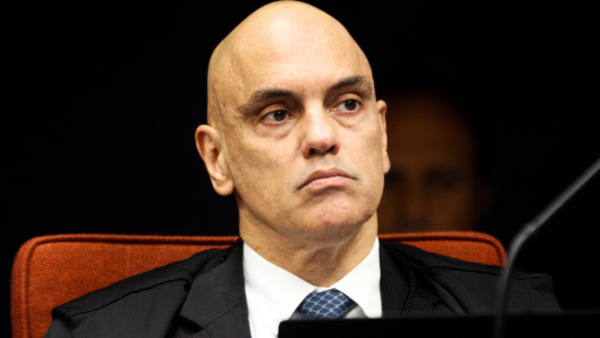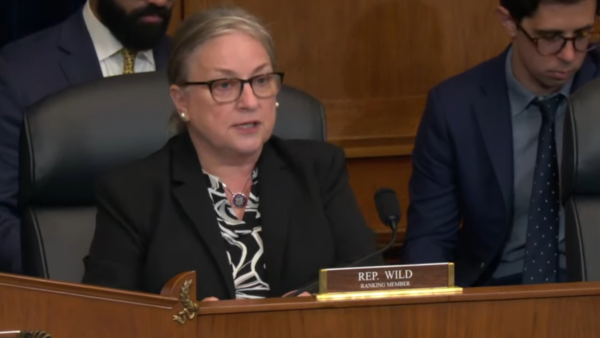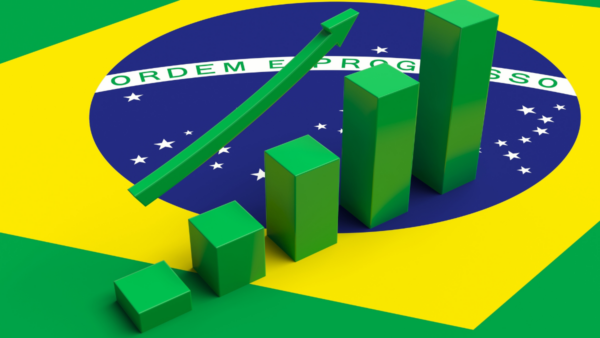Brazil’s IPCA-15 mid-month inflation measurement posted a 0.21 percent increase in April, following the 0.36 percent uptick in March. As in the previous month, the index came below market expectations (0.29 percent, according to LSEG) thanks to a drop in transportation prices (-0.49 percent), especially airfares (-12.20 percent, with a bearing of 0.09 p.p. on the overall index).
In 12 months, the IPCA-15 slowed to 3.77 percent, below the 4.14 percent posted in March.
The less intense hike in food and fuel prices in April than in previous months significantly contributed to the overall slowdown in the IPCA-15. While the prices of food consumed in restaurants and other establishments dropped by 0.25 percent, the food consumed at home decelerated from 1.04 percent to 0.74 percent.
As we reported earlier this month, however, the outlook for food in the coming months is still unclear. At the time, André Braz, an economist and inflation researcher at the Brazilian Institute of Economics at the think tank Fundação Getulio Vargas (FGV-Ibre), said that the data collection for FGV’s IPC index had shown an increase in food at home in April, which was not on the radar before.
“If this is confirmed and the April data comes higher but is not compensated in the following months, it will lead me to change my projections for the year’s inflation from 3.9 percent to something around 4.15 percent,” he said.
Regarding health expenses, in addition to continuing to incorporate monthly fractions of health plan premium increases, this group of prices was also influenced by the rise in prices of pharmaceutical products (1.36 percent), especially medicines.
Between March and April, the Medicines Market Regulation Chamber (CMED) of the Health Ministry analyzes the sector and authorizes the maximum adjustment rate for a set of medicines. This year, the authorized increase ceiling was 4.50 percent, which should also influence the IPCA inflation rate for the entire month.
Despite the apparent continuity of the disinflationary process, the Central Bank’s Monetary Policy Committee (Copom) has already signaled that it will not necessarily maintain its pace of recent interest rate cuts at its next meeting, scheduled for May 8.
Among the factors influencing this new guideline are the high policy rate in the U.S. — which is likely to be maintained for longer than expected — and the country’s more-robust-than-expected economic activity, especially when it comes to the pace of job creation and real income dynamics, as they could notably impact inflation in services and more labor-intensive sectors, slowing inflation convergence down the road.


 Search
Search






































